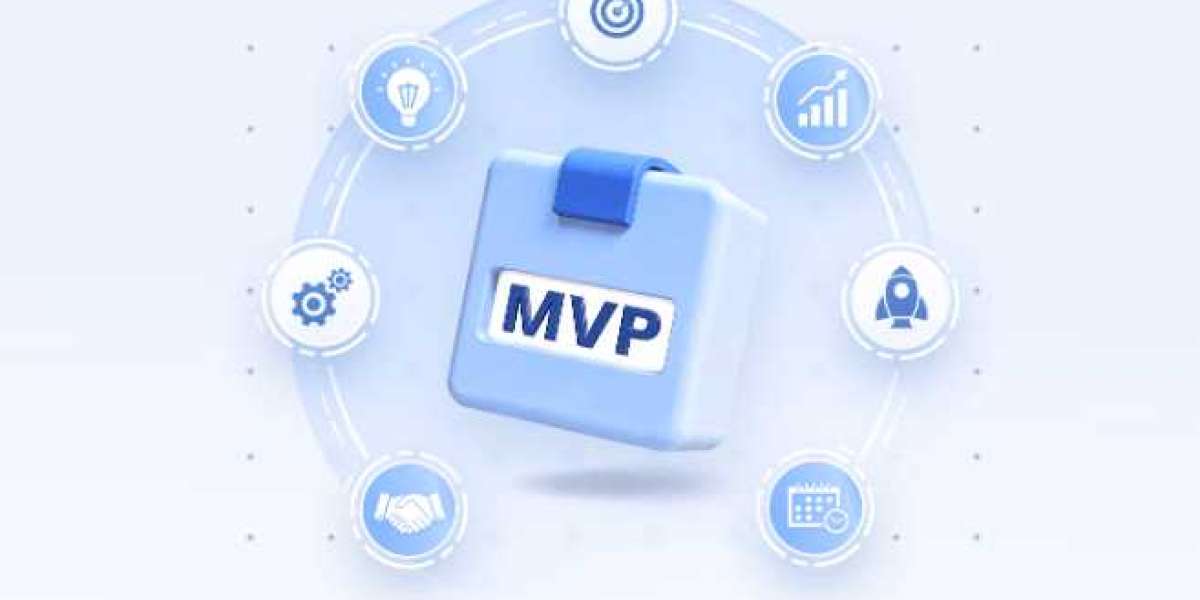In the dynamic world of software-as-a-service (SaaS), launching a Minimum Viable Product (MVP) is just the beginning. While the MVP stage focuses on validating ideas and testing hypotheses with minimal resources, the ultimate goal for any startup is scaling that product into a robust, market-ready SaaS solution. The transition from MVP to a scalable product is fraught with challenges—from technology limitations and team structure to customer expectations and operational processes. However, with a strategic approach, startups can turn a lean prototype into a sustainable, high-performing SaaS platform.
Understanding the MVP Stage
Before diving into the transition strategies, it’s important to understand what an MVP is and why it matters. An MVP is a stripped-down version of your product that includes only the essential features needed to test core assumptions. Its primary purpose is to validate the product-market fit and gather actionable feedback from early adopters.
Key characteristics of an MVP include:
Minimal functionality: Only the features necessary to solve the core problem.
Fast development: Speed is prioritized over perfection.
User feedback focus: Early users provide insights to shape product direction.
Cost-efficiency: Resources are preserved for iterations and learning.
While MVPs are excellent for experimentation, they are rarely built with scalability in mind. Architecture, code quality, and operational processes are often optimized for speed rather than long-term growth.
Why Transitioning from MVP to a Scalable Product is Critical
Scaling a SaaS product isn’t just about adding more users—it involves ensuring that your application, team, and processes can handle growth efficiently. Failing to plan for scalability can result in:
Performance bottlenecks: Slow load times and crashes under higher user loads.
Operational inefficiencies: Difficulty in managing customer support, billing, and analytics.
Technical debt: Poorly structured code can be expensive and time-consuming to refactor.
Loss of competitive advantage: Competitors with scalable solutions can outpace you quickly.
By approaching the transition methodically, startups can minimize risks and maximize their chances of long-term success.
1. Strengthen Your MVP Foundation
The first step in scaling is ensuring that the MVP has a strong foundation to build upon. This involves revisiting the product’s core architecture and evaluating what aspects need reinforcement for growth.
Strategies include:
Codebase audit: Examine existing code for technical debt, redundancy, and scalability limitations.
Architecture redesign: Consider migrating to a microservices architecture if the monolithic design restricts scalability.
Database optimization: Ensure databases can handle higher volumes and consider partitioning, indexing, or migrating to cloud-based solutions.
Security and compliance: Early-stage products often overlook security. Scaling requires robust authentication, data encryption, and compliance with standards like GDPR or HIPAA.
Strengthening the foundation not only improves performance but also makes future development faster and more predictable.
2. Implement Scalable Infrastructure
A scalable SaaS product requires an infrastructure that can grow with user demand. Cloud computing has made this more accessible, but choosing the right infrastructure is still critical.
Key steps for scaling infrastructure:
Cloud migration: Platforms like AWS, Google Cloud, or Azure provide flexible, scalable solutions.
Load balancing: Distribute traffic across multiple servers to prevent overload.
Auto-scaling: Automatically increase or decrease resources based on demand.
Monitoring and logging: Use tools to track system performance and identify bottlenecks proactively.
Investing in scalable infrastructure early avoids painful migrations later and ensures that your SaaS can handle exponential growth without service disruptions.
3. Refine Product Features Strategically
Not all features developed during the MVP stage will remain relevant for a scalable SaaS product. Transitioning to growth involves prioritizing features that deliver the highest value to users while retiring or refining others.
Approaches to feature refinement:
Data-driven decisions: Use analytics to understand which features are most used and impactful.
Customer feedback loops: Continue engaging early adopters and expanding surveys to a larger audience.
Feature modularization: Build features as independent modules to allow easier updates, customization, and scaling.
Roadmap clarity: Define which features are essential for launch versus future releases.
A focused, streamlined feature set reduces complexity, enhances performance, and improves the user experience.
4. Optimize Your SaaS Business Model
Scaling is not just a technical challenge—it’s also a business one. SaaS startups must revisit pricing, billing, and customer acquisition strategies to ensure sustainable growth.
Business model optimization strategies:
Pricing tiers: Introduce flexible plans to cater to different customer segments.
Automated billing: Implement subscription management tools to reduce manual overhead.
Customer segmentation: Focus on high-value customers and tailor offerings to their needs.
Churn reduction: Track churn metrics and proactively engage customers to improve retention.
A scalable SaaS product must be profitable and efficient to manage as the user base grows.
5. Strengthen Your Development Team
A scalable SaaS product requires a team capable of handling rapid development, maintaining quality, and innovating consistently.
Key strategies:
Team structure review: Ensure clear roles for backend, frontend, DevOps, QA, and product management.
Hiring for scale: Recruit developers experienced in scalable SaaS architectures.
Agile practices: Continue using Agile to iterate quickly while maintaining quality.
Knowledge sharing: Implement documentation and code review processes to maintain consistency.
A strong, well-coordinated team is essential for executing an mvp development strategy saas effectively and sustaining growth.
6. Embrace Continuous Integration and Delivery (CI/CD)
Manual deployments and ad-hoc testing are acceptable for MVPs but become bottlenecks when scaling. CI/CD pipelines ensure that code changes can be delivered reliably and quickly.
CI/CD benefits for scaling SaaS:
Faster feature releases: Accelerate time-to-market for new features.
Reduced errors: Automated testing catches issues early.
Consistent quality: Standardized deployment processes reduce variability.
Scalable operations: Easier to manage multiple releases simultaneously.
Investing in CI/CD is a hallmark of a mature, scalable SaaS product.
7. Focus on Customer Success and Support
As your SaaS product scales, maintaining high customer satisfaction is critical. Early-stage startups may manage support informally, but scaling requires structured customer success processes.
Strategies for customer success:
Onboarding automation: Use guided tutorials, in-app messaging, and documentation to help new users.
Support infrastructure: Implement helpdesk software, chatbots, and ticketing systems.
Customer success metrics: Track Net Promoter Score (NPS), support response times, and retention rates.
Feedback loops: Continuously gather insights to inform product decisions.
Investing in customer success ensures that growth is sustainable and your SaaS maintains a strong reputation in the market.
8. Plan for Data Analytics and Business Intelligence
Data is a cornerstone of scaling SaaS. While MVPs often collect minimal data, a scalable product requires robust analytics for decision-making.
Analytics strategies include:
Event tracking: Monitor user interactions to understand behavior patterns.
Performance dashboards: Provide real-time insights into system performance and user engagement.
Predictive analytics: Use data to forecast trends, churn, and growth opportunities.
Decision-making support: Align analytics with product, marketing, and sales strategy.
A data-driven approach helps startups optimize product development, marketing efforts, and operational efficiency.
9. Maintain Flexibility for Innovation
While scalability emphasizes stability, successful SaaS products never stop innovating. The transition from MVP to a full-scale product should include mechanisms for experimentation and improvement.
Strategies to maintain innovation:
Modular design: Easier to introduce new features without disrupting existing functionality.
Beta testing programs: Engage select users to test new features before full release.
Innovation sprints: Allocate development cycles for experimenting with new ideas.
Market trend monitoring: Stay aware of competitor developments and emerging technologies.
Balancing stability and innovation ensures that your SaaS remains competitive as it scales.
Conclusion
Transitioning from an MVP to a scalable SaaS product is a complex but achievable goal. It requires careful planning, technical foresight, and strategic business decisions. By strengthening the MVP foundation, implementing scalable infrastructure, refining features, optimizing the business model, building a strong team, adopting CI/CD practices, prioritizing customer success, leveraging data analytics, and maintaining flexibility, startups can navigate the challenges of scaling successfully.
A deliberate and structured mvp development strategy saas not only ensures smooth growth but also positions the product for long-term success in a competitive SaaS market. The journey from MVP to a fully scalable solution is demanding, but with the right strategies, it transforms a promising idea into a market-leading SaaS platform.








